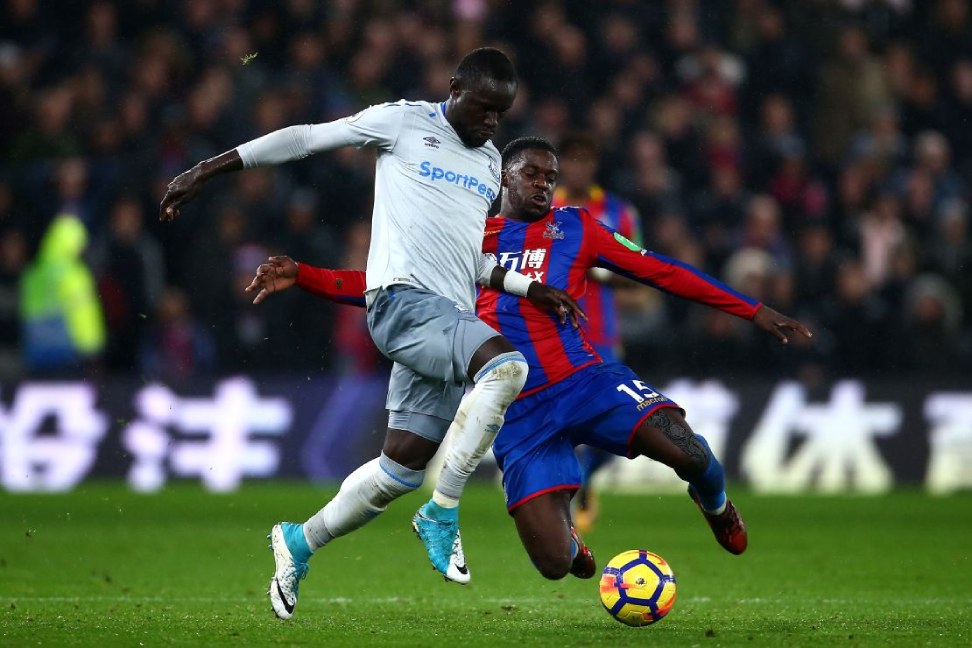Football, often celebrated for its brute force and physicality, is also a game of finesse and deception. Beyond the thunderous blitzes and bone-crushing tackles, there exists a subtle art of misdirection and strategy that elevates the sport to a cerebral level. The art of deception in football is a strategic dance where coaches and players aim to outwit their opponents, creating opportunities for success.
At the heart of this artistry is the play-action pass – a deceptive maneuver that mimics a rushing play to draw defenders towards the line of scrimmage, only to exploit the opening with a well-timed pass. The success of play-action relies on the ability to convince the opposing defense that a run play is underway. The quarterback’s mastery of fakes and subtle movements is crucial in selling the deception, creating a momentary lapse in the defense’s judgment that can be exploited for significant gains.
Another facet of deception lies in the use of misdirection plays. Through carefully choreographed movements, teams create confusion among the opposing defense, diverting their attention from the actual point of attack. Whether it’s a reverse, flea-flicker, or double pass, these plays add an element of unpredictability, forcing defenses to second-guess their reads and react to the unexpected.
Furthermore, the no-huddle offense adds a layer of deception by keeping the defense on its heels. Quick snaps and rapid play-calling limit the time defenses have to adjust and communicate, often leading to breakdowns in coverage and missed assignments. The no-huddle offense becomes a mind game, forcing defenders to think on their feet and exposing vulnerabilities in the process.
The art of deception in football is not limited to on-field plays; it extends to the mental aspect of the game. Coaches employ strategic timeouts, challenges, and clock management to manipulate the flow of the game and gain a psychological edge over their opponents. It’s a chess match played with Xs and Os, where every move is calculated to create confusion and exploit weaknesses.
In essence, the art of deception adds a layer of sophistication to football, transforming it into a strategic ballet where misdirection and cunning play a pivotal role. The next time you watch a game, pay attention to the subtle nuances – the misdirections, play-actions, and strategic moves that unfold beyond the blitzes and tackles. It’s in these moments that football transcends its physicality, revealing the intricate dance of strategy and deception that defines the sport at its highest level.
Additional:


